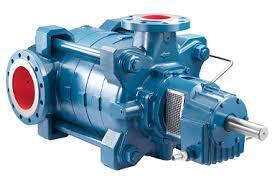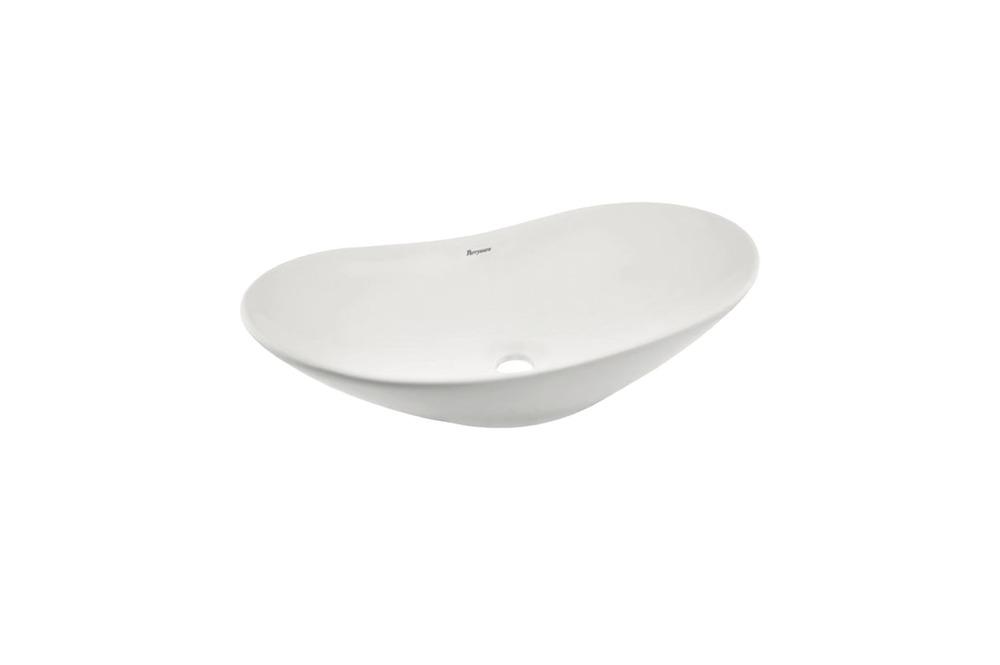When it comes to choosing the right pump for your needs, understanding the differences between multi-stage pumps and single-stage pumps is crucial. Both types of pumps have their own advantages and are suited for different applications. In this blog, we’ll explore the differences between multi stage pumps and single stage pumps, and help you decide which one might be better for you.
What Are Single-Stage Pumps?
Simple Design: Single-stage pumps are designed with a single impeller and a single stage. This means that all the pumping action happens in one chamber. They are often used in applications where the required pressure or head (the height the pump needs to lift water) is relatively low.
How They Work: In a single-stage pump, the impeller rotates within the pump casing, pushing water outwards and creating pressure. This is effective for moving fluids over short distances or for relatively low pressure needs.
Applications: Single-stage pumps are commonly used in residential water supply systems, irrigation, and low-pressure industrial processes. They are known for their simplicity, cost-effectiveness, and ease of maintenance.
What Are Multi-Stage Pumps?
Complex Design: Multi-stage pumps have multiple impellers, each located in separate stages within the pump. Each stage adds to the overall pressure the pump can generate. This design allows them to achieve higher pressures than single-stage pumps.
How They Work: In a multi-stage pump, water flows through several impellers, with each stage increasing the pressure. This process continues until the water reaches the desired pressure level. The multiple stages help to build up pressure gradually and efficiently.
Applications: Multi-stage pumps are used in applications requiring higher pressure, such as in high-rise buildings for water supply, deep well pumping, and high-pressure industrial processes. They are also ideal for applications that need to transport water over long distances.
Key Differences Between Multi-Stage Pumps and Single-Stage Pumps
1. Pressure Capability:
- Single-Stage Pumps: Generally suitable for lower pressure applications. They can handle lower heads efficiently but may struggle with higher pressure requirements.
- Multi-Stage Pumps: Designed to handle higher pressures. The multiple stages allow for the generation of significant pressure, making them ideal for high-pressure applications.
2. Efficiency:
- Single-Stage Pumps: Efficient for low-pressure tasks and straightforward applications. They have fewer components, which can mean fewer maintenance issues.
- Multi-Stage Pumps: More efficient for high-pressure tasks. They provide better performance in applications requiring significant pressure and can operate more efficiently over a range of conditions.
3. Complexity and Maintenance:
- Single-Stage Pumps: Simpler design with fewer parts, which typically means easier maintenance and lower repair costs.
- Multi-Stage Pumps: More complex due to multiple stages and impellers. This complexity can lead to higher maintenance requirements and costs but provides greater versatility and performance.
4. Cost:
- Single-Stage Pumps: Generally more affordable due to their simpler design and lower manufacturing costs.
- Multi-Stage Pumps: Higher cost due to the complexity and additional stages. However, the investment can be worthwhile for applications requiring high pressure and performance.
Which Pump is Right for You?
Choosing between a multi-stage pump and a single-stage pump depends on your specific needs and application:
- If you need a pump for a residential water system, irrigation, or low-pressure industrial tasks, a single-stage pump is likely sufficient. Its simplicity and cost-effectiveness make it a good choice for straightforward applications.
- If your application requires high pressure or involves moving water over long distances, a multi-stage pump is the better option. Its ability to generate higher pressure and handle demanding tasks makes it suitable for high-rise buildings, deep well pumping, and other high-pressure applications.
Conclusion
Both multi-stage pumps and single-stage pumps have their own advantages and are suited to different types of tasks. Understanding your specific needs—such as pressure requirements, efficiency, complexity, and cost—will help you choose the right pump for your application. By considering these factors, you can make an informed decision and ensure that your pump performs effectively and efficiently for your particular needs.





